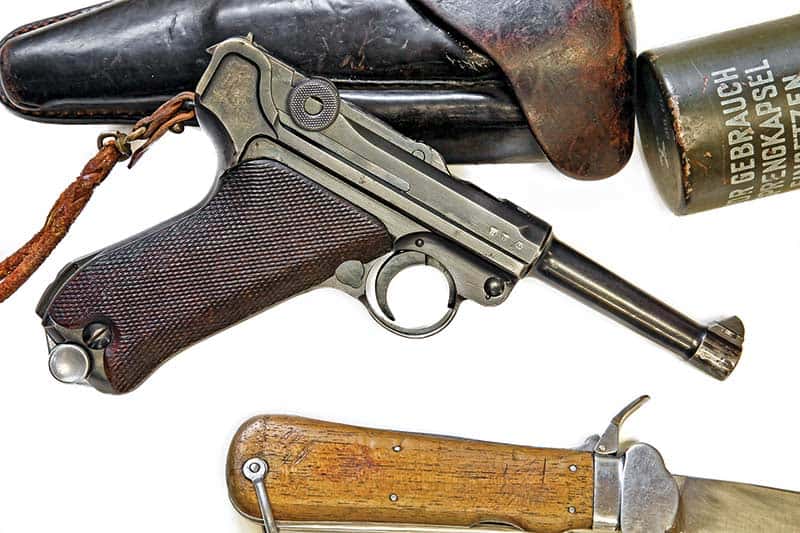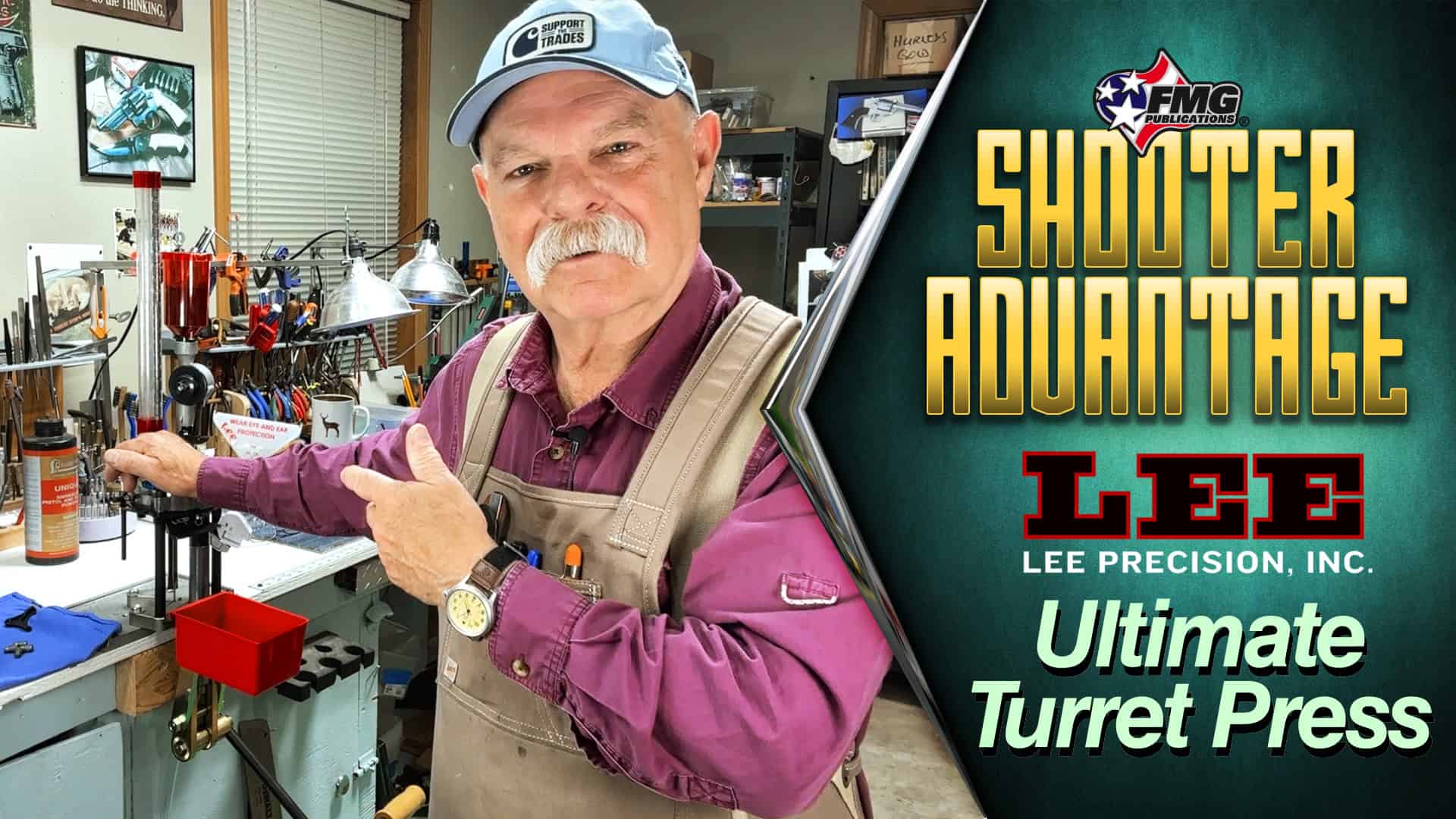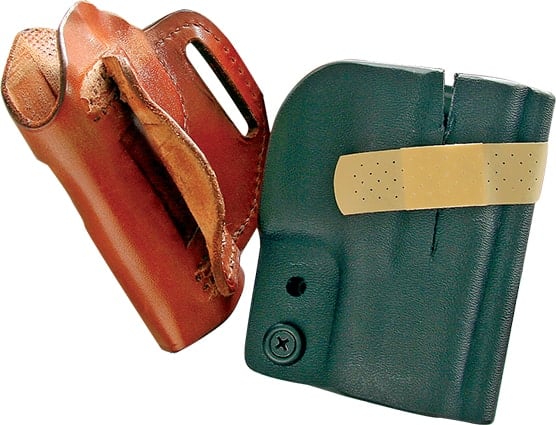The Rise and Fall and Rise of the 9mm Luger Cartridge
9mm Luger, 9mm Parabellum, 9×19 … Whatever the name, it’s been the world’s most popular centerfire handgun cartridge for decades. Everywhere but in the U.S., that is, where its ascendancy is relatively recent. For the first half of the 20th century and into the 1960s, the U.S. armed forces used the .45 ACP while American law enforcement and private citizens used .38 Special revolvers. A few handgun enthusiasts experimented with the .38 Super, .357 Magnum and hot-loaded .44 Specials. Grumpy, hard-bitten old timers hung onto their .44-40s and .45 Colts.
During WW II, the 9×19 saw considerable use. The Browning/FN Hi-Power was used by both Allied and Axis forces. In postwar years, it became popular with armed forces all over the world. The Luger P-08 and Walther P-38 pistols were prized war trophies and brought to America in great numbers by returning GIs. They were imported and sold for prices that bring tears to the eyes of collectors today.
Rise And Fall
Although many 9×19 pistols were admired by American handgun enthusiasts for their design features and quality, respect for the cartridge itself remained tepid. Loyalty to the .45 ACP cartridge was one factor. The .45 had served the U.S. military well, in pistols and submachine guns. Among American shooters, the superior power of the manly .45 — the old sledge hammer — over the effete European 9mm was never doubted. Another mark against the 9×19 were moderately powered American loads. Most American manufacturers loaded a 115- to 124-grain jacketed round nose bullet at a nominal 1,120 fps. In much of the rest of the world, the 9×19 was loaded considerably hotter. In the mid-’80s, I chronographed Canadian-made NATO loads with 116-grain bullets at well over 1,300 fps.
In the 1950s, stories about the U.S. military adopting 9×19 pistols naturally caught the interest of Colt and S&W. Colt chambered the alloy-frame Commander in 9mm, while S&W introduced the model 39. Then the military said, “We were just kidding, we’ll stay with the .45.” Both companies had some success selling the new designs on the civilian market.
The 9×19 began rising in popularity in the late 1960s and into the ’70s. Riots and “revolutionary” violence got many a law enforcement officer to rethink handgun features. Illinois State Police adopted the S&W 39 in the late ’60s. I recall around 1974 seeing a Salt Lake City officer wearing a model 39.
In the ’70s and into the ’80s several factors came together. Higher capacity and faster reloading increased the appeal of semi-auto pistols over revolvers. Handgun ammunition became more effective as companies such as Super Vel and Cor-Bon spurred competition and innovation. High quality handgun designs seemed to be popping up everywhere. The U.S. military again expressed interest in a 9mm service handgun (“We’re serious this time!”) and in 1985 adopted the M9.
Rise and Fall. And Rise.
Everything seemed to be aligning for the 9×19, military acceptance, more police and private citizen interest, improved loads, splendid handguns. Then came April 11, 1986, and the infamous Miami shootout. Two FBI agents were killed and five wounded in what has been called the bloodiest day in FBI history. One of many decisions from analysis of the battle was to develop a more effective handgun cartridge.
I’m exaggerating a bit to call this the “fall” of the 9×19, but it certainly slowed its growth. The FBI tried the 10mm Auto, 10mm “Lite” and eventually the .40 S&W. For a couple of decades, it seemed the .40 S&W would be the predominant self-defense cartridge. Then, as these things are wont to do, the pendulum swung back. Bullet improvement continued with better balance of expansion and penetration. Accompanied by meticulous testing by FBI ballisticians, the FBI announced adoption of the 9×19 thirty years after the Miami shootout. Hundreds of thousands of police officers and private citizens have found the size and recoil of the 9×19 let them shoot with confidence.
Why is the 9×19 such a good cartridge? Its rimless design stacks and feeds smoothly from single or double-stack magazines. The case is strong, especially the head and rim. Combined with its gently tapered case body, it feeds, extracts and ejects reliably. It is available in dozens of semi-auto pistol designs of the highest quality, and in sizes to fit most any need and any size shooter. It adapts well to high-capacity magazines; with modern loads, it provides effective power along with moderate recoil. Not bad for a 120-year-old cartridge.








